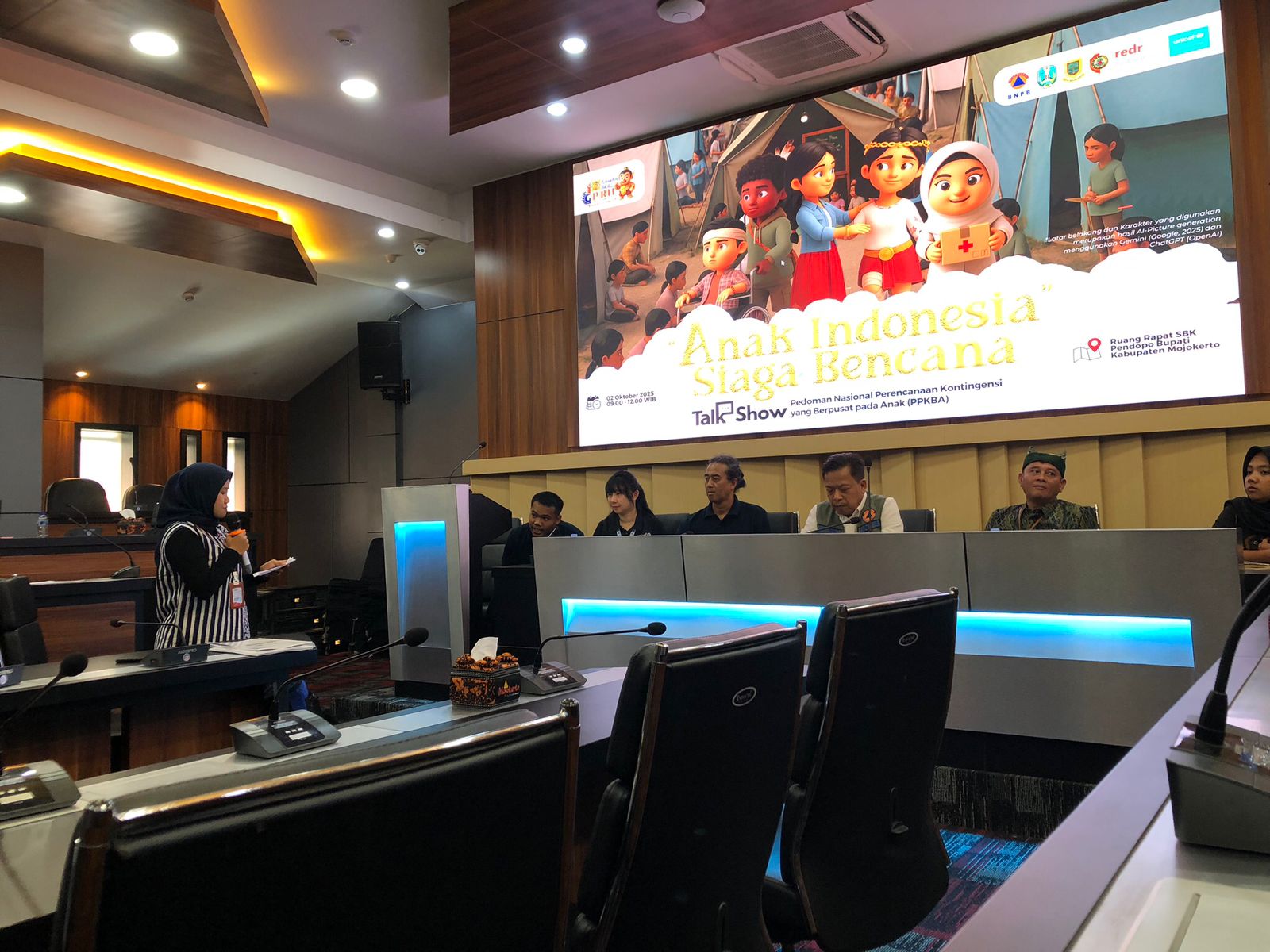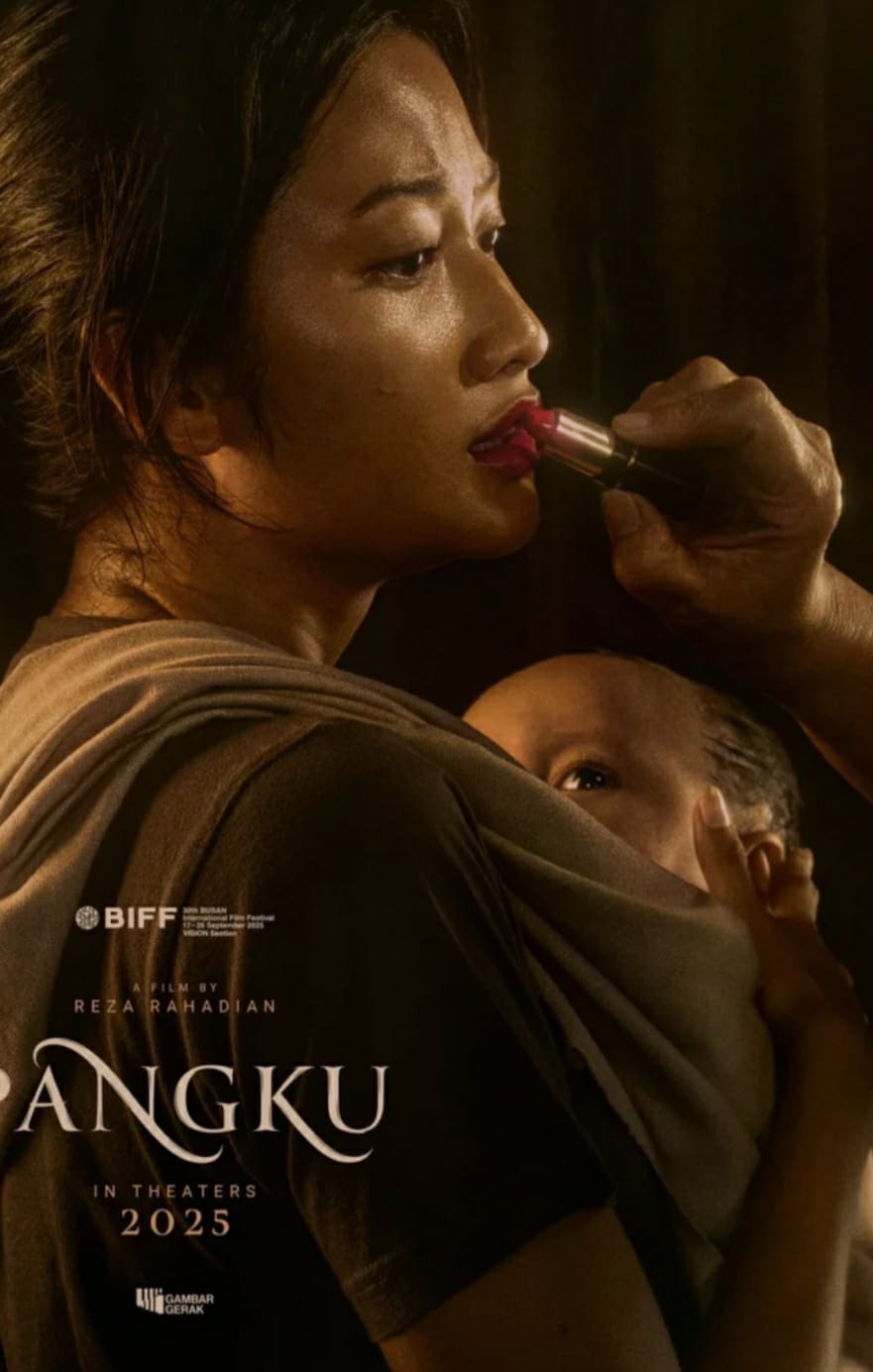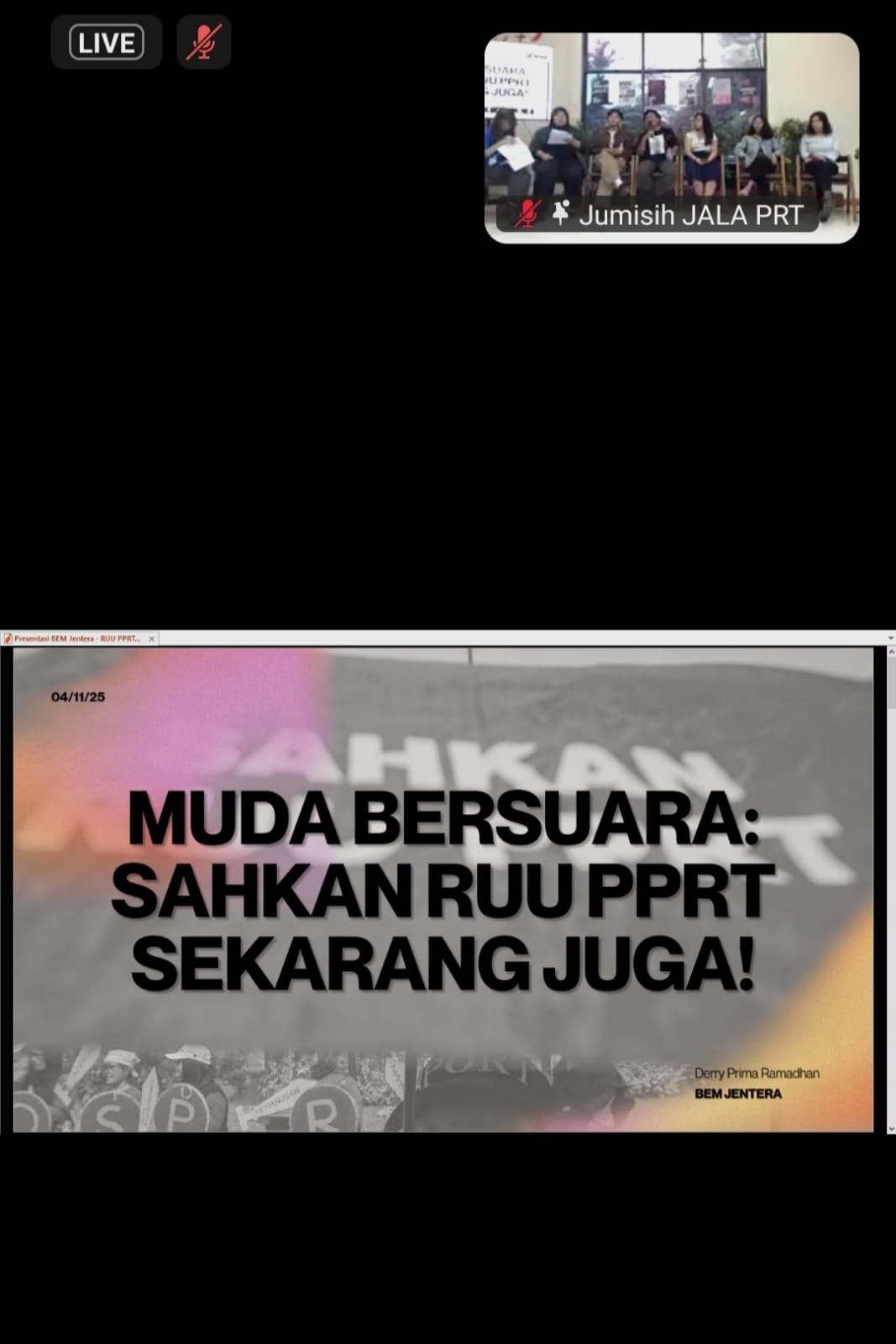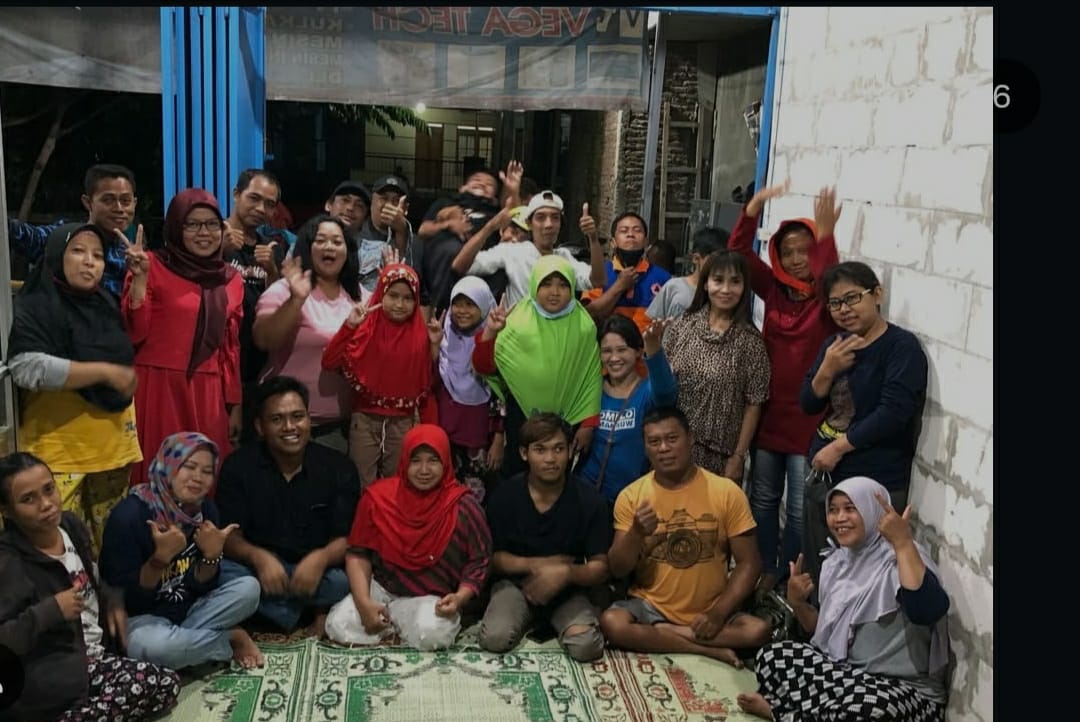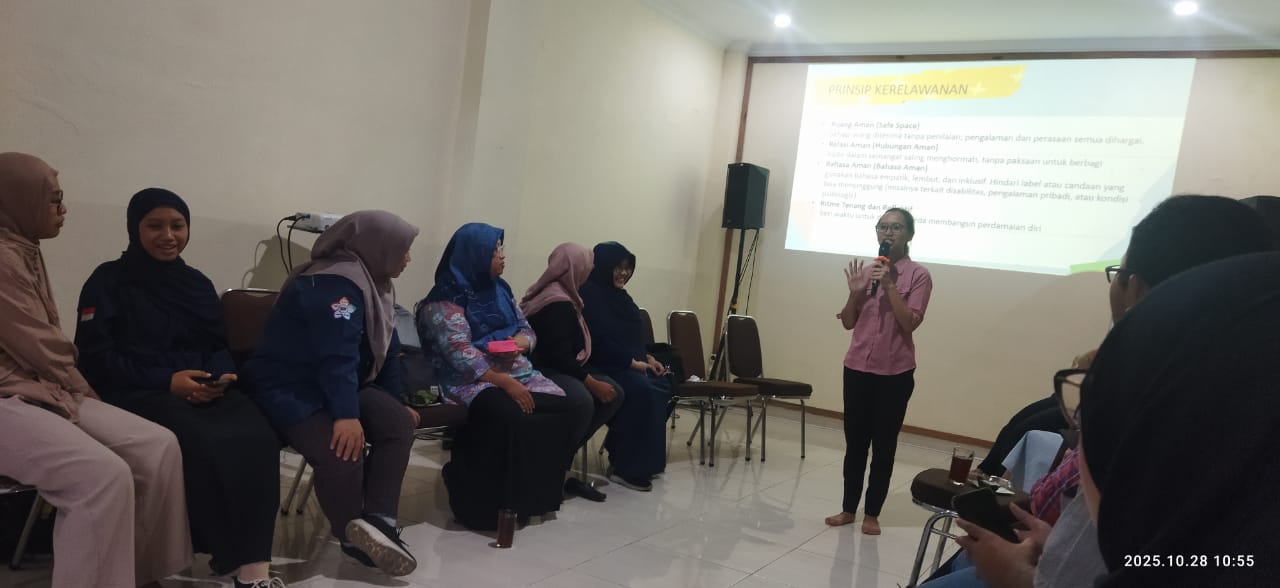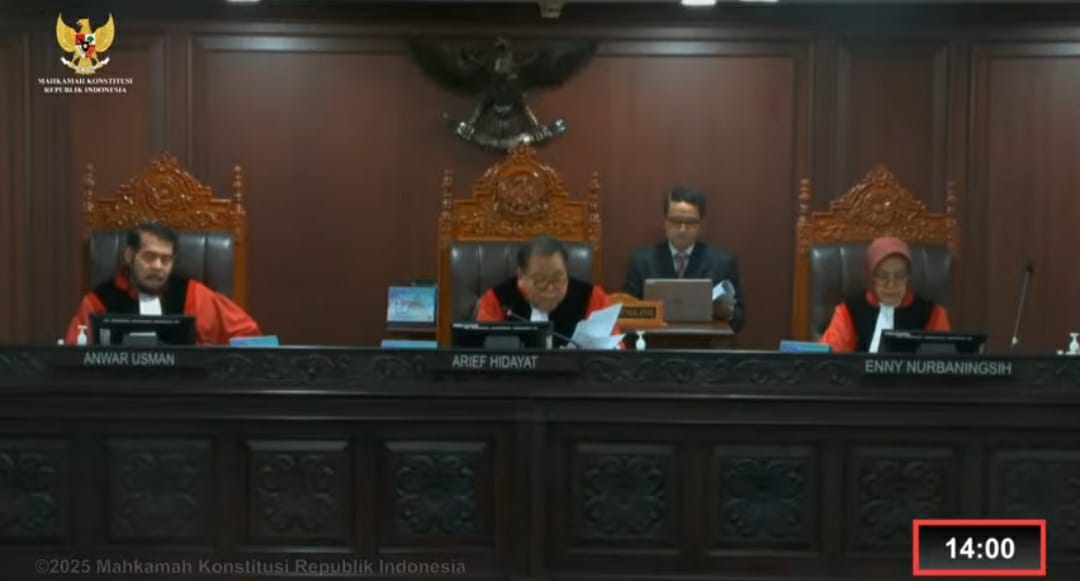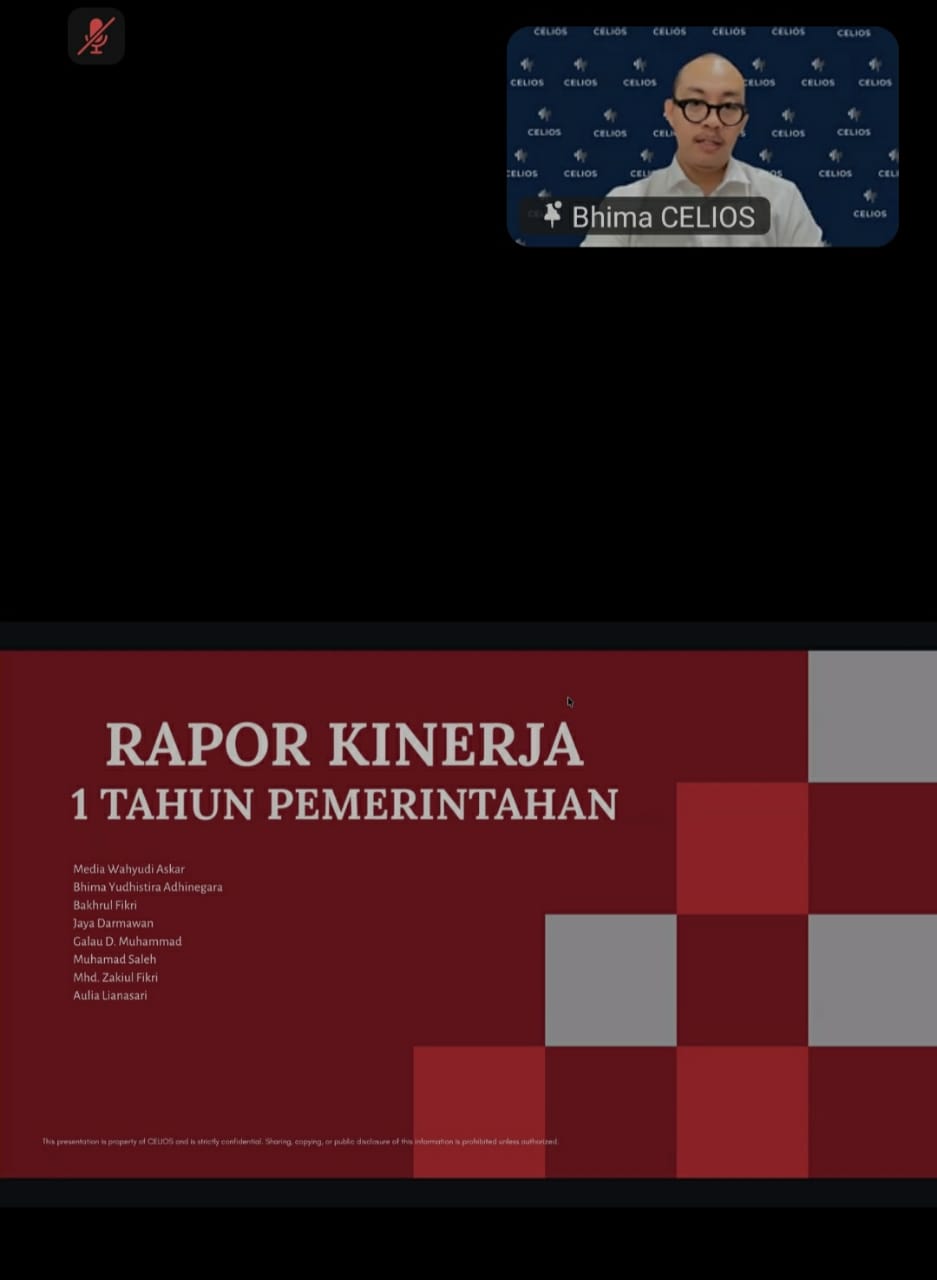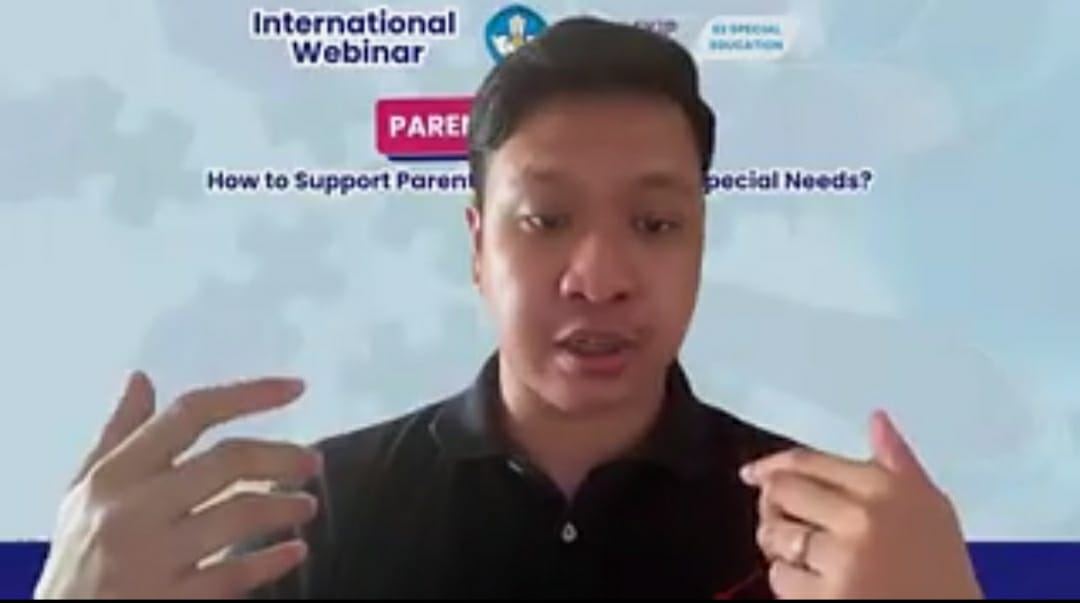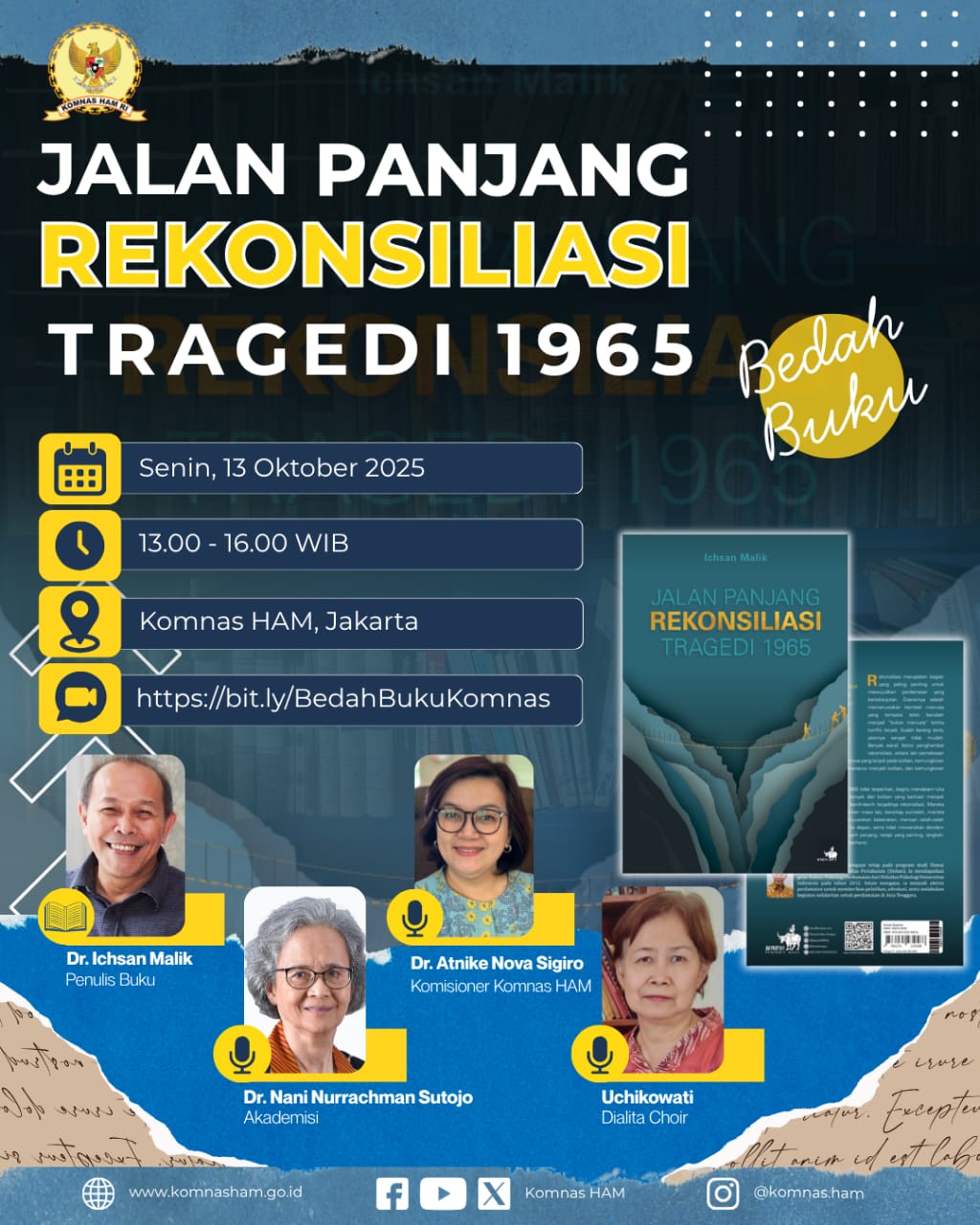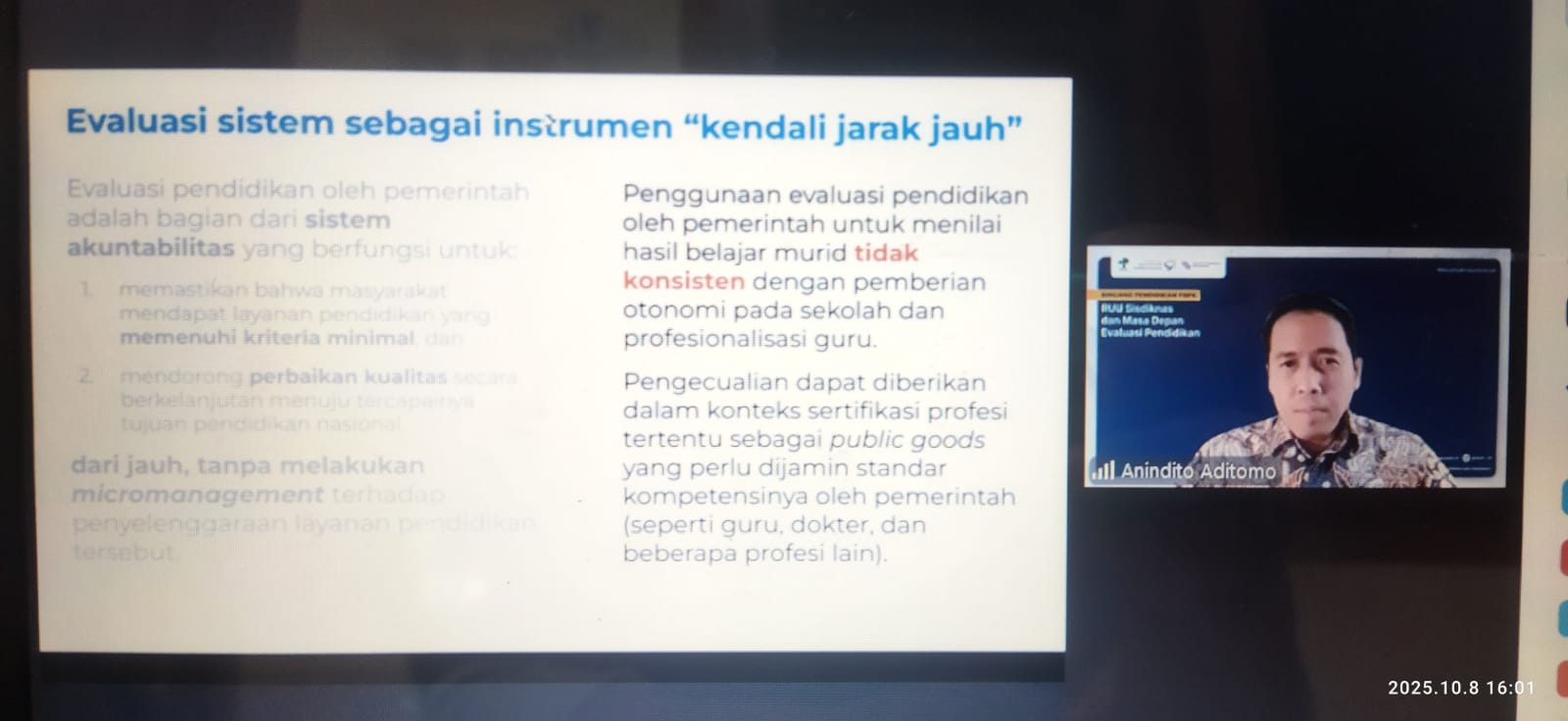Indonesian children were encouraged to become active subjects, not just mere beneficiaries in disaster risk reduction. This was the key message in the Indonesian Child Talk Show for Disaster Preparedness organized by RedR Indonesia, UNICEF, and the Preparedness Directorate of the National Disaster Management Authority at the SBK Meeting Room, District Administrator Hall Mojokerto, Thursday (2/10). The event specifically discussed the implementation of the child-centred contingency plan (PPKBA).
Integration of Vulnerable Groups into Contingency Plan
Acting Chief of Prevention at National Disaster Management Authority (BNPB), Ardhy emphasized the importance of integrating the needs of high-risk groups including children, women, and people with disability into district contingency plan document.
A number of key child-related challenges had to be addressed: limited accessibility to emergency services, the high risk of violence and criminal rate, the need for child-friendly infrastructure, and the need for disaggregated data and multi-sector involvement - education, health, and child organisations. BNPB stated that all issues had to be accommodated through integrated cross-sector identification.
UNICEF Call for Capacity Strengthening of PPKBA in the Districts
Tatiana Ten from UNICEF Indonesia re-confirmed commitment for the preparation of PPKBA. She said that disasters and climate change threatened children’s future, and child-centred preparedness became vital strategy. UNICEF had led in the development of PPKBA, by reviewing Merapi emergency plan in 2020 to preparing National Guideline for the preparation of PPKBA in 2022. In 2025, the critical focus was on capacity strengthening and monitoring of the implementation of PPKBA into Contingency Plan 5.0 at District/City levels. The key to PPKBA was risk analysis using disaggregated data, identification of children’s basic needs, participation mechanism, and protection strategy.
Actual Evidence: Children Became Disaster Planners
Children participation proved to lead to actual changes. Latifah from Forum Anak Kelurahan Umbulharjo, Sleman, shared her experience as victims of Mount Merapi eruption in 2010. She remembered how children’s rights were ignored in refugee centres with no play area, halt in education, and trauma.
"Children participation in contingency plan gave children spaces to voice their experience and needs, so that past mistakes would not happen again," said Latifah, who became active in the preparation of the Merapi Contingency Plan in 2020.
Devan Dwi from Forum Anak Kabupaten Banyuwangi had similar experience. The Forum Anak (Child Forum) was directly involved in the preparation of the flood contingency plan. Its inputs were crucial: solution for emergency education, need for child-friendly refugee centres separated from adult, and mental health and social services. The inputs were formalized in Children’s Declaration for Flood Management, which argued that children had to be the priority in planning.
Solution for the Challenges in Implementation in the Districts
The discussion also answered practices challenges in the districts, i.e. in Bogor City and in Kulon Progo, with regards to time and budget. The resource person emphasized that: 1. Process time varied: no set timeframe. The key was consistency, creating safe spaces, and supports from adults. 2. The Challenge was not Budget: Limited budget could be addressed through inter-sector collaboration and use of existing Child Forum (Forum Anak) as entry point to participation. 3. Creative Participation: children’s aspiration can be expressed through creative methods such as pictures or role-play to nurture self-confidence and prevent intimidation. 4. Village-level Strengthening: through Women-friendly and Child-Care Village Program (DRPPA), Child Forum (Forum Anak) at District/City levels had to reach village/local levels, with regeneration strategy and use of the digital platform.
The resource person concluded that the key to the success of PPKBA was the will and commitment by he district government. Involvement of children was an investment to build resilient communities.
Latifah and Devan Dwi expected that children’s inputs could be followed up and their voices became the bases for disaster planning, and re-emphasized that children were actors to plan for their own community resilience. (Vera)




